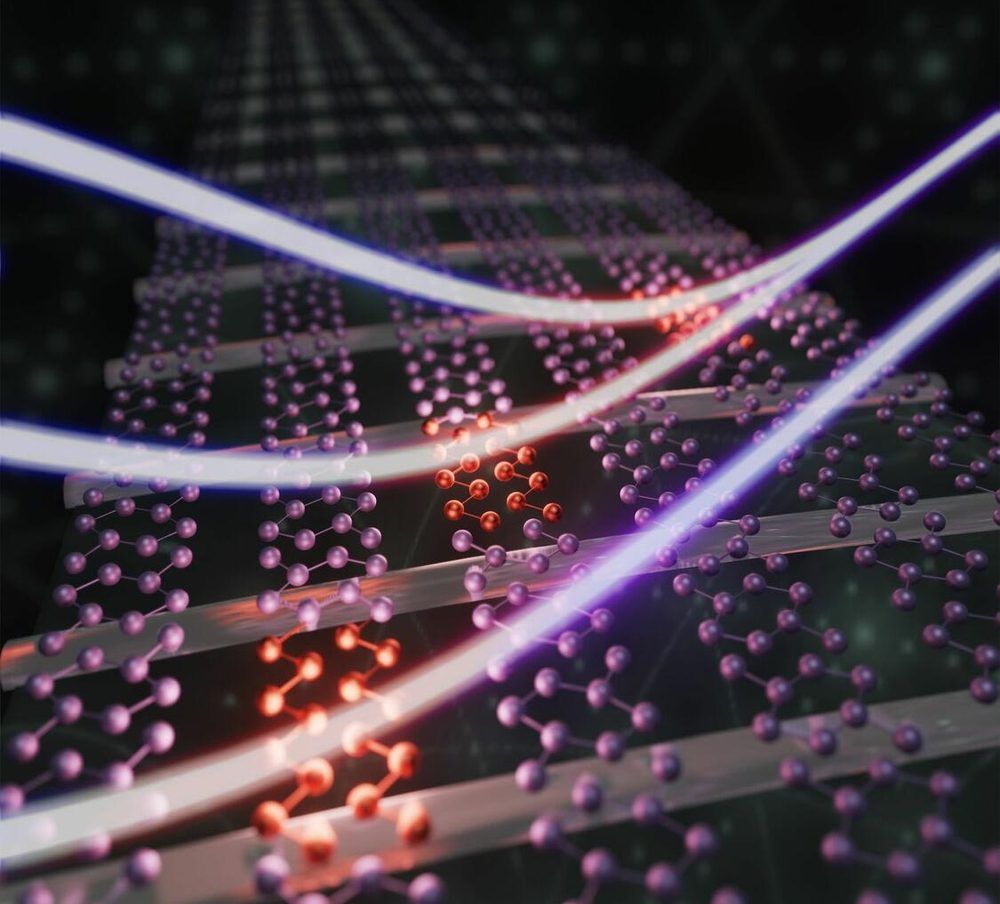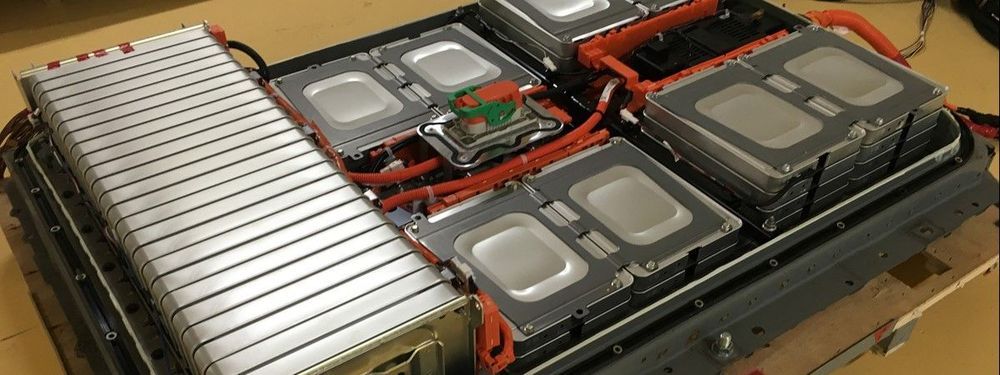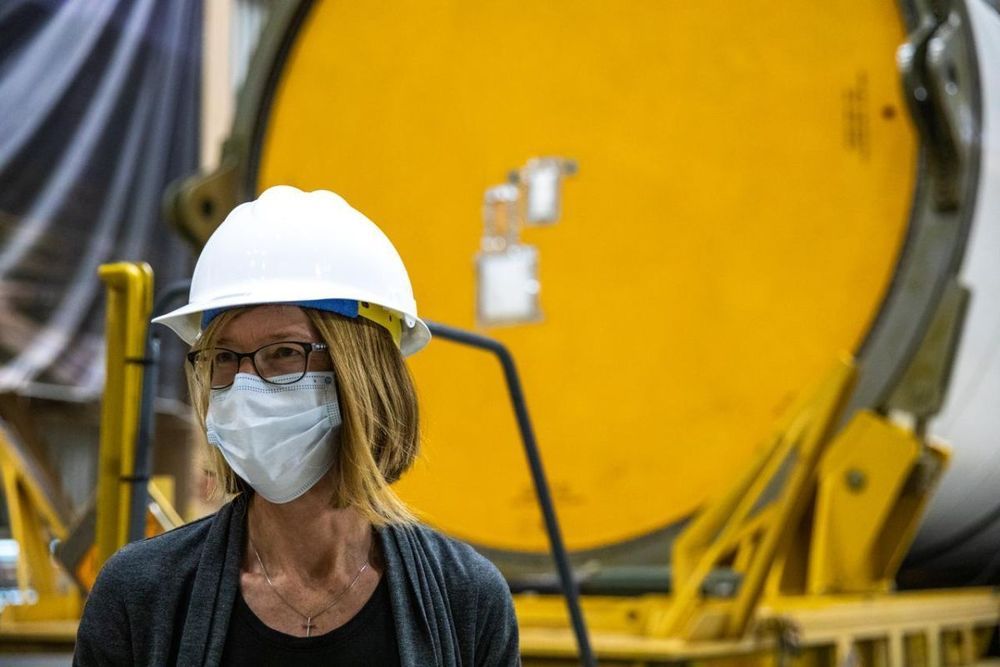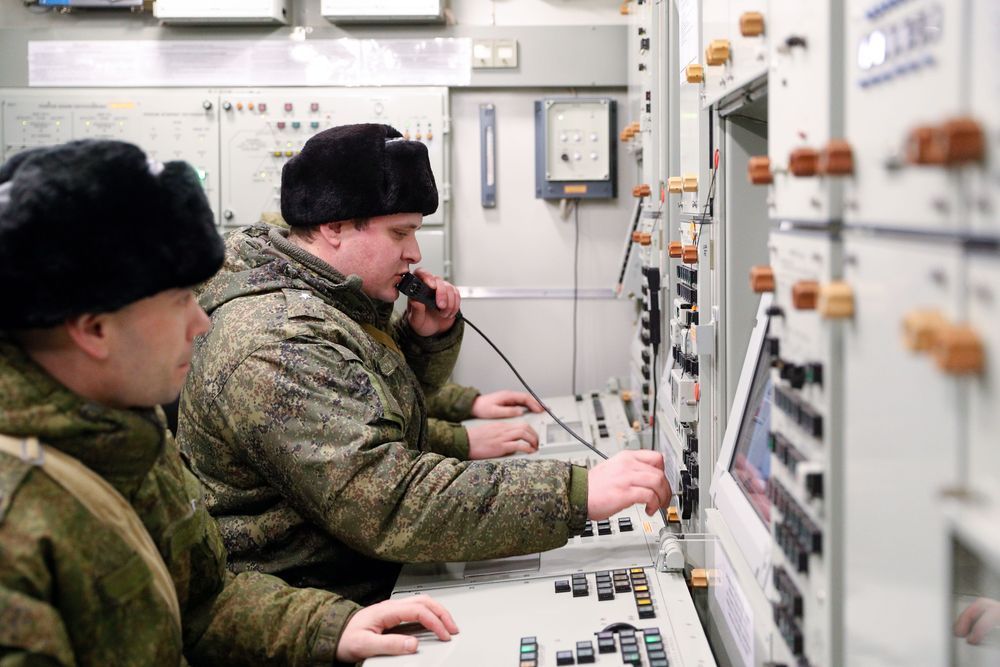
Get the latest international news and world events from around the world.


Rock ’n’ Control: Physicists Use Oscillations of Atoms to Control a Phase Transition
The goal of “Femtochemistry” is to film and control chemical reactions with short flashes of light. Using consecutive laser pulses, atomic bonds can be excited precisely and broken as desired. So far, this has been demonstrated for selected molecules. Researchers at the University of Göttingen and the Max Planck Institute for Biophysical Chemistry have now succeeded in transferring this principle to a solid, controlling its crystal structure on the surface. The results have been published in the journal Nature.
The team, led by Jan Gerrit Horstmann and Professor Claus Ropers, evaporated an extremely thin layer of indium onto a silicon crystal and then cooled the crystal down to −220 degrees Celsius. While the indium atoms form conductive metal chains on the surface at room temperature, they spontaneously rearrange themselves into electrically insulating hexagons at such low temperatures. This process is known as the transition between two phases – the metallic and the insulating – and can be switched by laser pulses. In their experiments, the researchers then illuminated the cold surface with two short laser pulses and immediately afterwards observed the arrangement of the indium atoms using an electron beam. They found that the rhythm of the laser pulses has a considerable influence on how efficiently the surface can be switched to the metallic state.
This effect can be explained by oscillations of the atoms on the surface, as first author Jan Gerrit Horstmann explains: “In order to get from one state to the other, the atoms have to move in different directions and in doing so overcome a sort of hill, similar to a roller coaster ride. A single laser pulse is not enough for this, however, and the atoms merely swing back and forth. But like a rocking motion, a second pulse at the right time can give just enough energy to the system to make the transition possible.” In their experiments, the physicists observed several oscillations of the atoms, which influence the conversion in very different ways.


EVs, batteries and the multi-million-tonne scrap heap
As sales of electric vehicles start to soar, the thorny issue of what to do with end-of-life lithium-ion batteries isn’t going away. We look at the problem and explore the solutions.
To say that the legacy of today’s electric vehicles is set to be a mountain of lithium-ion battery waste would be kind. In 2017, when worldwide sales of electric vehicles exceeded one million cars per year for the first time, calculations from UK-based University of Birmingham researchers revealed stark figures. These vehicles alone are destined to leave some 250,000 tonnes of unprocessed battery waste when they eventually reach the scrap heap in 2027. This is just the beginning.
Latest modelling from the Paris-based International Energy Agency indicates the number of electric cars on the road will lie between 125 million and 220 million by 2030. Given this, come the middle of this century, the 250,000-tonne waste figure looks meagre against the tens of millions of tonnes of waste that could follow. And to make matters worse, recycling is playing catch-up.

How to build a hydrogen-boron fusion reactor
In this article, Jonathan Tennenbaum constructs – conceptually – a hydrogen-boron fusion reactor similar to one proposed by Australian plasma physicist Heinrich Hora.
Hora’s approach is one of many – in various stages of development – proposed for achieving nuclear fusion power. I don’t intend to endorse one idea over another but writing about Hora’s extremely promising concept is an excellent way to acquaint readers with some of today’s most exciting areas of science and technology.
Ideally, readers should be familiar with the preceding articles in this series and the following pieces of the puzzle:
The Winnebago Heli-Home Was a Real Flying RV That Needs to Make a Comeback in 2020
A decade before Spaceballs, Winnebago thought about making RVs fly.


Want to Join the Delta Force? Your Chances Are Almost Zero
Do you have what it takes?
Key Point: It takes a rare individual to muster the physical endurance, mental adaptability and sheer ambition to qualify.

U.S. Navy confirms ship on fire at San Diego base
The U.S. Navy confirmed a fire on vessel USS Bonhomme Richard in San Diego, Calif., that happened while routine maintenance was underway. July 12, 2020.
NBC News: Several sailors injured after apparent explosion and fire on a military ship in San Diego, according to San Diego Fire-Rescue authorities.
